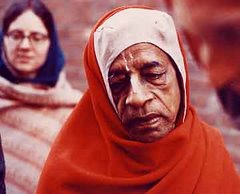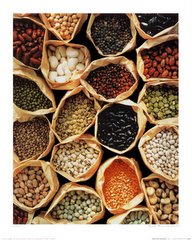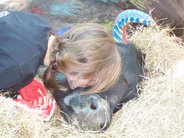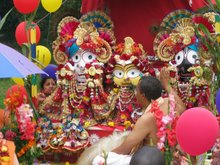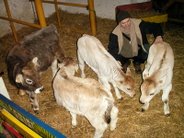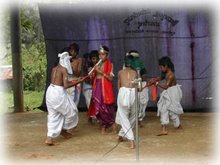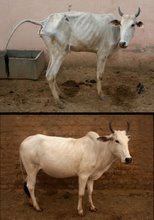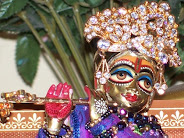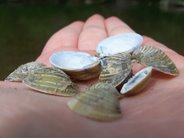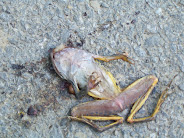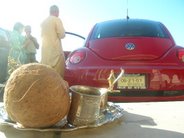 Posted at Food for Thought
Posted at Food for ThoughtI am currently in the midst of creating an online documentary about a group called the Urban Orchard, a community-based urban agriculture project in Melbourne’s inner northern suburbs.
The Urban Orchard was initially formed to allow people with backyard fruit trees to get together with others in their local area and swap surplus produce that would otherwise go to waste. So someone with a plum tree, for example, could swap their excess plums for some other fruit that they didn’t have – apricots, say, or lemons or figs. Quickly, though, the project expanded to include vegetables, herbs, seeds and plants, and even home-made jams. Members now meet once a week at the CERES market in Brunswick East, where they swap produce, as well as gardening advice, recipes and general neighbourly chit-chat.
As well as the simple pleasures of being able to grow and share one’s own food, the program has a myriad of beneficial outcomes: it reduces food miles and environmental impacts associated with food production and transportation; it supports biodiversity through seed saving and sharing; it encourages the consumption of healthy, seasonal produce; and it strengthens local community networks.
It has been a fascinating process to visit and interview members of the group. Their gardens range from the modest to the awe inspiring - it’s amazing to see how productive a small urban backyard can actually be.
But it is inevitable that as cities grow, the space for gardening will shrink. Like most Australian cities, Melbourne’s long-term urban planning vision involves increased subdivision and the development of higher density housing in existing suburbs, to counter the negative environmental and social impacts of urban sprawl.
Will this trend towards increased densification reduce the ability to produce food in the city? Take a look at the satellite-view of Melbourne on Google Maps and you’ll soon see a vast under-utilised area that could be turned into productive green space – the city’s rooftops.
Check out the Green Roofs for Healthy Australian Cities blog to learn more about green roofs and urban rooftop ‘micro-farming’. The benefits and possibilities seem endless, and extend far beyond urban agriculture:
“Green roofs can provide a wide range of public and private benefits, including significantly reduced fossil energy use, reduced peak runoff of roofwater, aesthetically pleasing cityscapes, longer roof life, and reduce ‘heat island effects’ of cities.”
- Green Roofs for Healthy Australian Cities
There is some innovative research and development in this area going on in Queensland at the moment, including a CQU study looking at the production of ‘roof-food’ using urban organic waste. Read about it at the Urban Agriculture Network blog.
Also, have a look at this post on Dwellblog for some awesome photos of green roofs in the US and Europe. And more inspiring pics here, at Urban Agriculture online.







